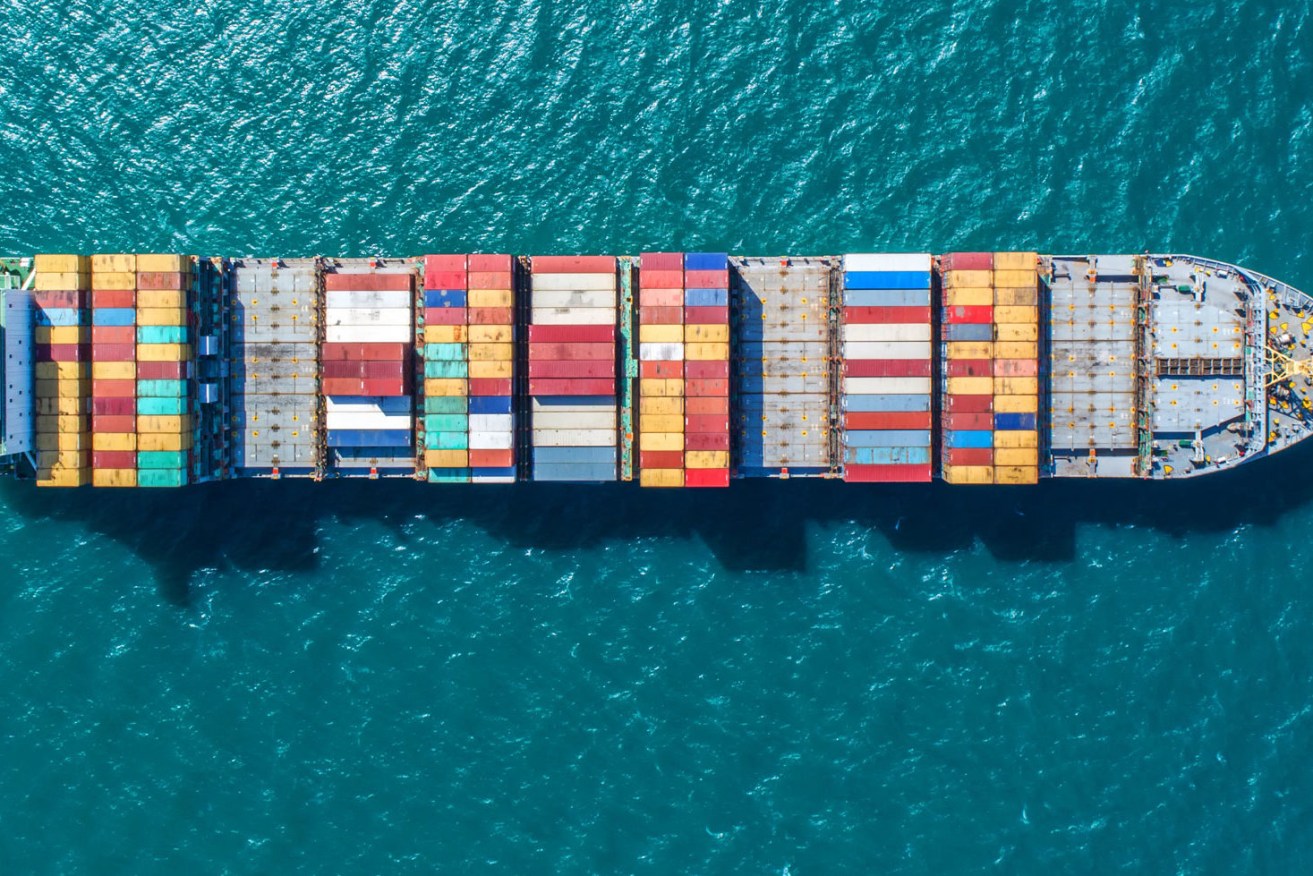Qld exports defy trade bans, missing containers, rocketing prices
Queensland exports have started to recover from the restrictions of the pandemic and diversifying to new ports, according to data compiled by the Chamber of Commerce and Industry Queensland.


Queensland exports have surged back after staring down multiple threats. Image: Supplied
In September export shipments to Japan, South Korea and UAE significantly increased by 126 per cent, 53 per cent and 51 per cent respectively compared with the previous year.
There was also a 9 per cent increase in export markets for the month – from 75 to 82 compared with 2020.
However, China remains a challenge for exporters after it imposed trade bans on many of Australia’s biggest exports. Freight rates had also skyrocketed by up to five times the previous cost and the lack of shipping containers had also constrained some exports.
It also found that businesses were adapting to the post-Covid global environment, diversifying into traditional and new international markets with export volumes rising and close to pre-COVID levels.
The data showed there were 22 per cent more export shipments left domestic shores destined for overseas markets in September.
Exporters were also finding new markets such as Nigeria, Vanuatu, Bahamas and Ireland.
CCIQ’s international trade and strategic relationships manager Diana Gueorguieva said other markets remained steady or showed some decline, which was expected considering the nature of international business.
She said 44 product categories were exported in September, with the top 10, including agriculture and manufacturing, representing 84 per cent of total exports.
More than 70 per cent of exports were agribusiness products, especially beef and grains, with minerals and metals making up the majority of manufacturing exports alongside raw food materials.
“We use Certificates of Origin data as an indicator on what is happening in the industry at a certain point of time,” Gueorguieva said.
“A rise in preferential and non-preferential Certificates of Origin reflects a similar rise in export shipments which is predominantly due to exporters successfully diversifying into new markets, diversifying some products to meet changing demand and the improvement of global conditions.
“Exporters were significantly impacted during COVID which meant they were forced to adapt their businesses and product offerings to meet changing demand and developing market conditions.
“The export market in China, for multiple industries, was a particular challenge over the past 18 months as was access to freight and export logistics into multiple markets.
“For example, an exporter member, which would previously have exported their beauty products to the Middle East, had diversified their product range to produce sanitisers and a self-care range to meet the needs of the domestic Australian market during lockdowns.
“It meant the business was able to export to three new countries. Other members were able to add additional products to their existing product range, for one or more export markets of their portfolio of markets.
“These results show many were successful in that diversification of markets, products or both with exports now returning to almost pre-COVID levels and rising.”
Gueorguieva said exporters were still challenged in their capacity to send their products overseas as global markets and supply chains adapted to COVID business as usual conditions.












